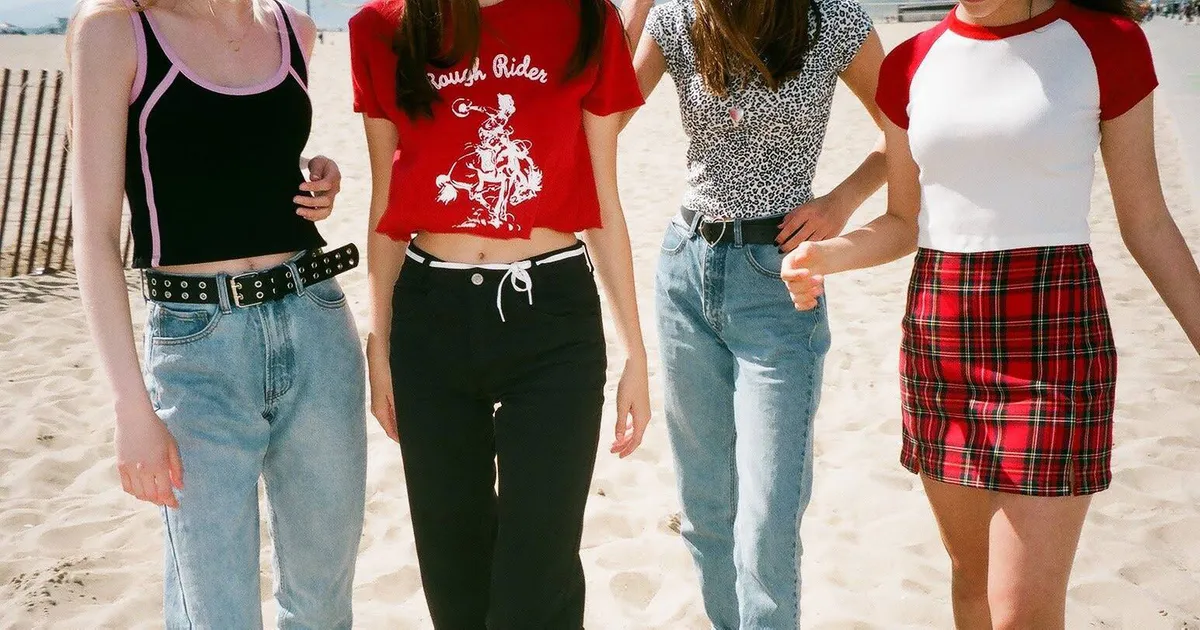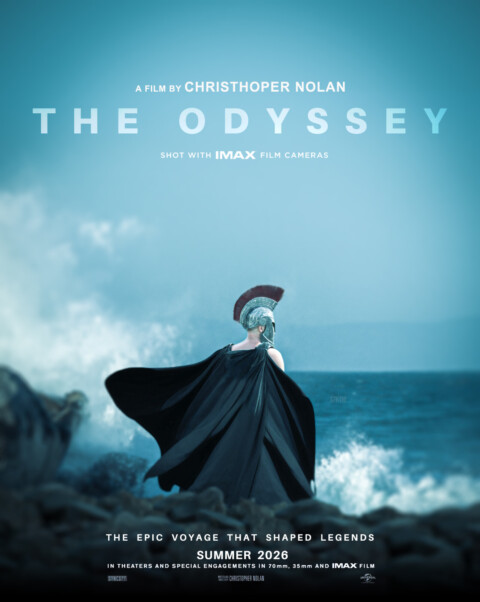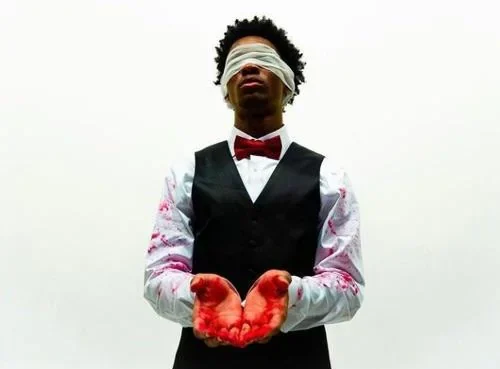One size fits all…well, most. This is the slogan of the popular teen clothing brand Brandy Melville. The brand has caught the attention of many adolescents for its simple yet cute clothing designs and other accessories. However, beneath its trendy facade lies trouble, ranging from promoting unethical beauty standards to sketchy owners. With the new documentary Brandy Hellville on Max now released, we can look at the dark truth behind the tiny tank tops.

FINDING BRANDY MELVILLE

Brandy Melville’s CEO is a mystery and remains one, but someone’s name who has popped up multiple times while researching Brandy Melville is Stephan Marsan. Stephan is the son of Silvio Marson, who is also involved in the brand but not as much as Stephan.
Stephan is named the owner, and Jesse Longo is part of his team. Stephan was Brandy’s face, and Longo was his right hand. Although Longo isn’t well known, he would regularly reach out to girls when he wanted them to join the team, asking if they would be interested in working with Brandy Melville and potentially in the stores.
Stephan had strong libertarian views, notably against taxes, which often surfaced in his interactions with the workers at Brandy Melville. He would constantly recommend people read Ayn Rand’s Atlas Shrugged, which reflected his beliefs and was notably named the Brandy Melville Bible.

The Brandy Melville Senior leadership had a concerning group chat created by Stephan where they shared racist messages and anti-Semitic images, and on one occasion, Stephan wore a Hitler outfit for no reason but to show who he was. Still, people who knew him were shocked but not surprised when he appeared like this.
He abused his power ruthlessly, and he would fire employees for not fitting the brand’s aesthetic. Stephan’s controversial opinion extended to his hiring process in which he urged managers not to hire people of color, preferring those who fit the “Brandy aesthetic,” such as tall, white, slim, blonde girls to show off the “cool kids” target audience. When girls in the store worked, they had to take pictures of their outfits, which had to be sent to someone, but no one knew who. It wasn’t until one day that a worker came up behind Stephan to discover a folder of teen girls and their bodies showing off their outfits, even though Stephan claimed it was for clothing research purposes.
UNREALISTIC BEAUTY STANDARDS

Despite its unethical marketing tactics, Brandy’s approach to fashion is unlike that of others. As brands move forward to inclusivity, Brandy moves backward. The brand’s “One size fits all” motto has been criticized for marginalizing body types, aiming to attract “Brandy girls.” There is a highly discriminatory hiring policy, where the owner of whichever Brandy store wasn’t allowed to hire outside the stereotype type. Even girls who looked like how Stephan wanted them to look would regularly receive a bonus even though they were lacking in the job.
Stephan had a key vision for the brand; the #1 girl for him was tall, with fair skin and ginger hair. With this person in mind, when a person of color was hired on rare occasions, they were always placed in the back of the store. Whether at the cash register or the stockroom, he hid those girls no matter what, and pretty model-like girls were placed in the front to greet people.
Tragically, teen girls working in the store struggled with eating disorders, reflecting on the unrealistic beauty standard of the Brandy girl. Stephan’s disapproval of individuals who didn’t meet his definition of beauty extended to making fun of plus-size people, discouraging them from shopping for his brand. Brandy Melville highlights what is wrong with the fashion industry and challenges harmful standards that are dangerous to reach, such as lack of diversity and inclusivity. This is especially risky for young girls influenced by the brand and the people who wear it.
SOCIAL MEDIA
Brandy Melville’s social media presence has been shaped by controversy. Workers and customers can share their experiences with the brand and the mistreatment they faced. In the stores, workers would often approach girls to ask to take their pictures as they were looking for models.
Celebrities were their primary form of advertisement, especially Kaia Gerber, Stephan’s favorite model. He persistently sent her free clothes to try on and showed her followers what she was wearing.
Individuals seeking a job would often be declined because Brandy Melville didn’t accept applications; instead, they would see girls in the store and ask them if they wanted a job. Once they accept the offer, they take their Instagram and a picture of them, which is then sent to Stephan for approval. Brandy Melville has been targeted on TikTok, with creators making fun of how rude the employees there are and believing they are better than others. Despite concerns about where the photos of the girls were taken and up, it was understood that they would all be sent to Stephan, reflecting the uncertainty and safety of the brand.
BRANDY IN TROUBLE WITH THE LAW

Brandy has often been accused of copying other brands’ clothing and exploiting individuals for their style without proper compensation. There is an instance where Stephan liked one of the white workers’ clothing and paid her $100 to take it off her back. Kali, a black worker, also had the same situation happen to her, but she did not get paid. “They paid her to take the sweater off her back, but where was my money,” she mentions in the documentary. The brand’s strategy of naming items comes from those who they drew inspiration from. Such as the “Christy Hoddie.” But they haven’t been able to get away with us. They have been sued multiple times for copyright infringement. The lawsuit Forever 21 examined a dress similar to Brandy however, Forever 21 had the design first. These allegations have brought attention to the unethical strategy of creating new products, and these practices have raised questions about its commitment to fair treatment of customers and sources of inspiration.
CONCLUSION
Although the brand is doing well and will continue to do so, it doesn’t erase the years of mistreatment and underrepresentation. A clothing brand with this much influence should be able to accommodate all sizes. This is only the tip of the iceberg, and “Brandy Hellville & the Cult of Fast Fashion” on Max touches on all topics of controversy dependent on the brand.







